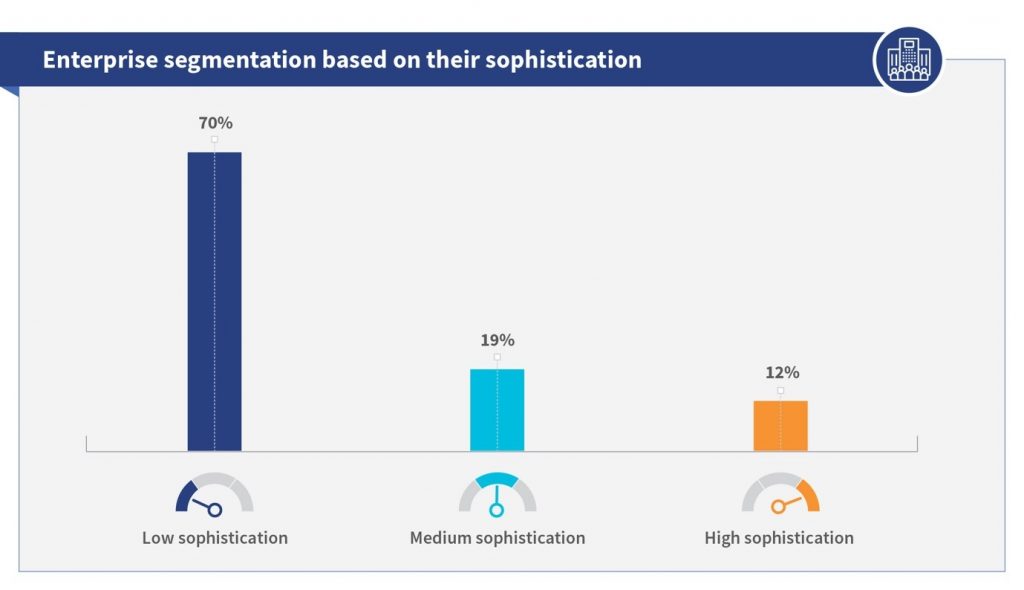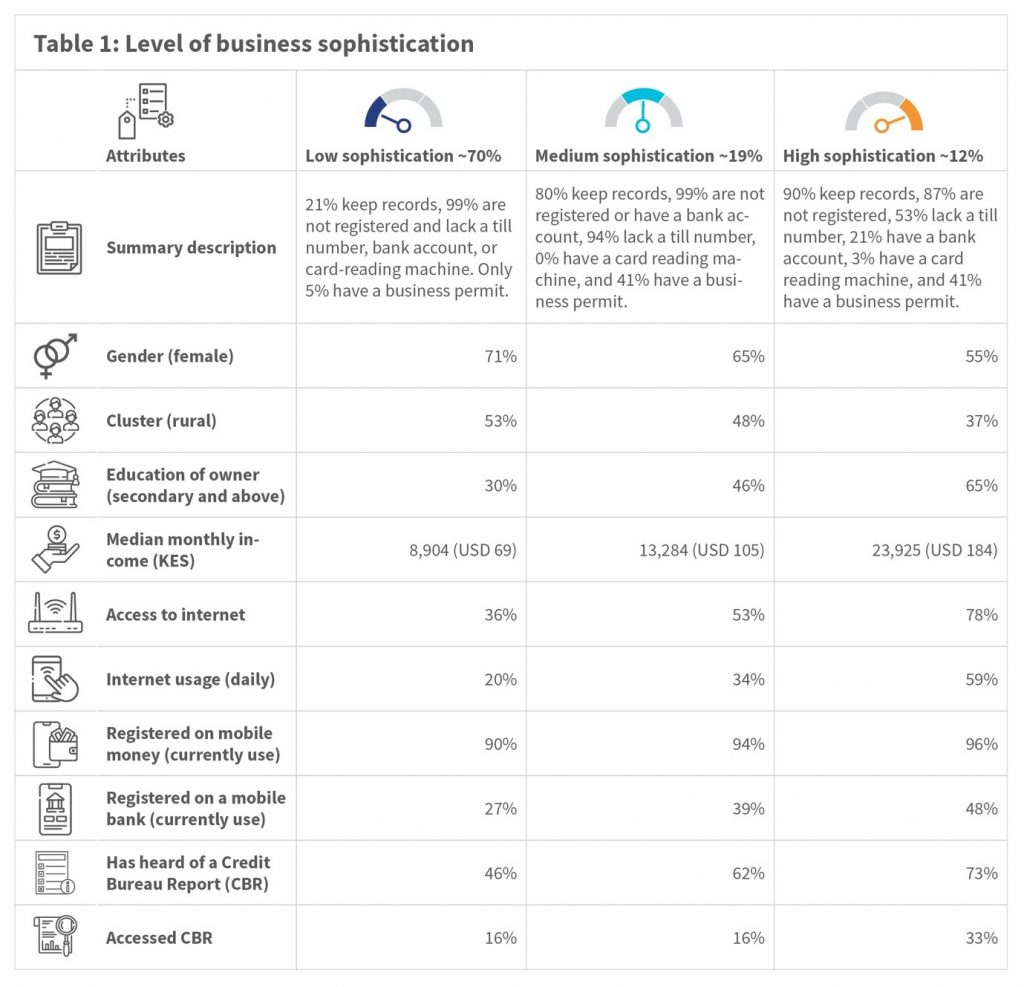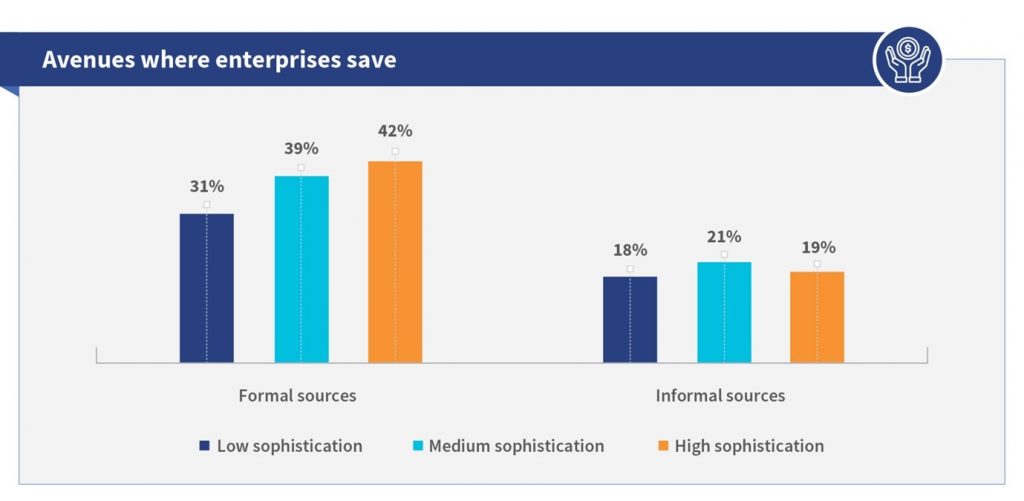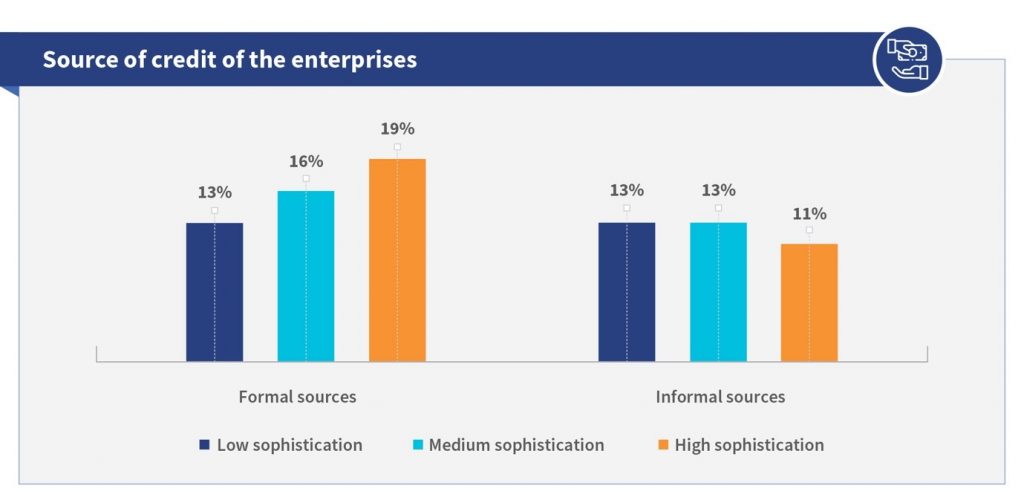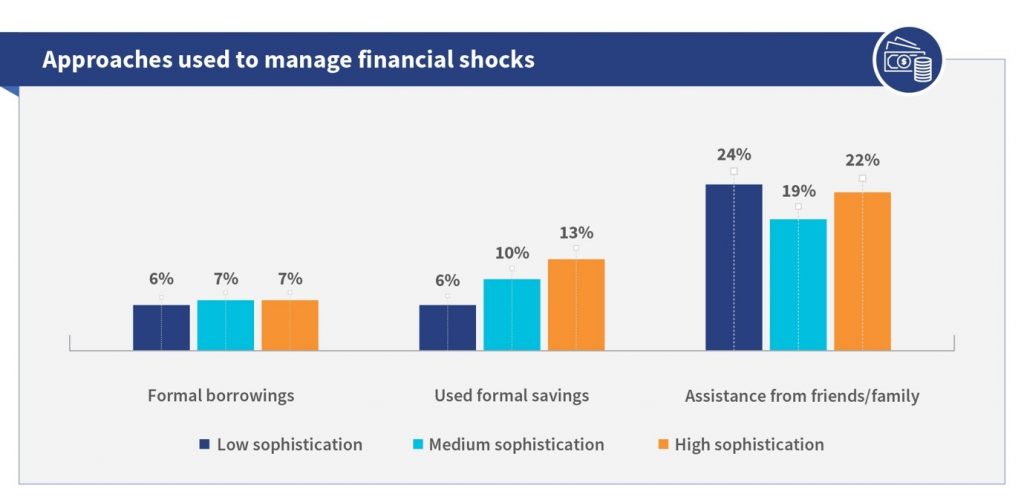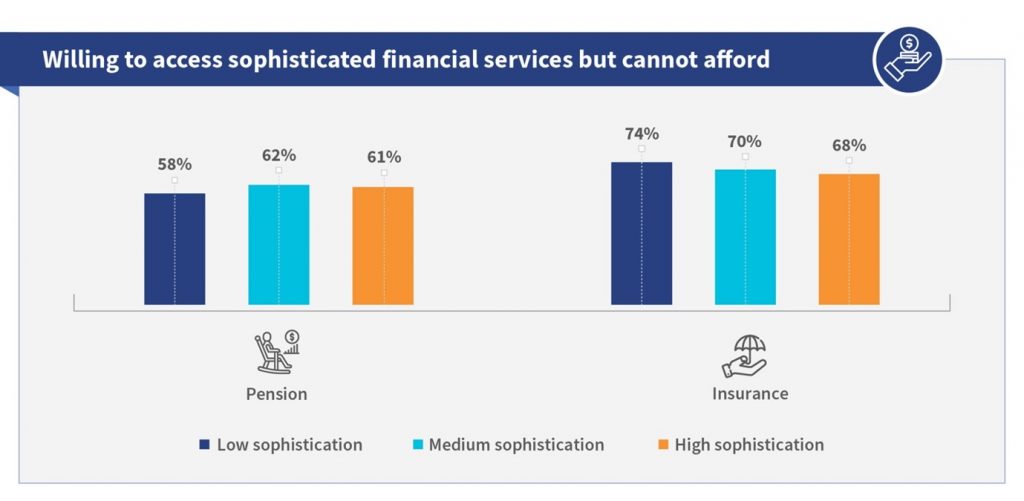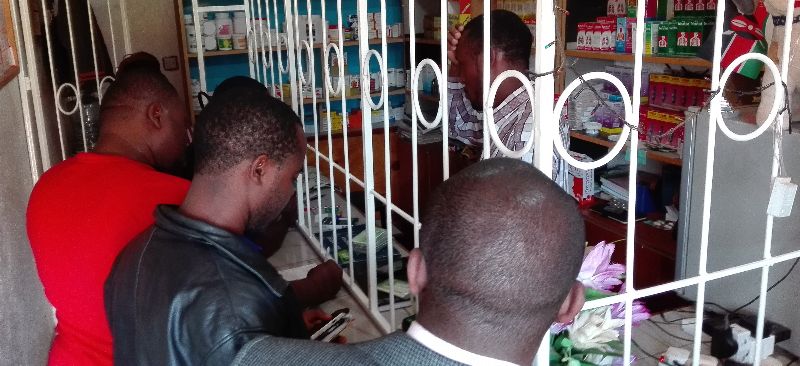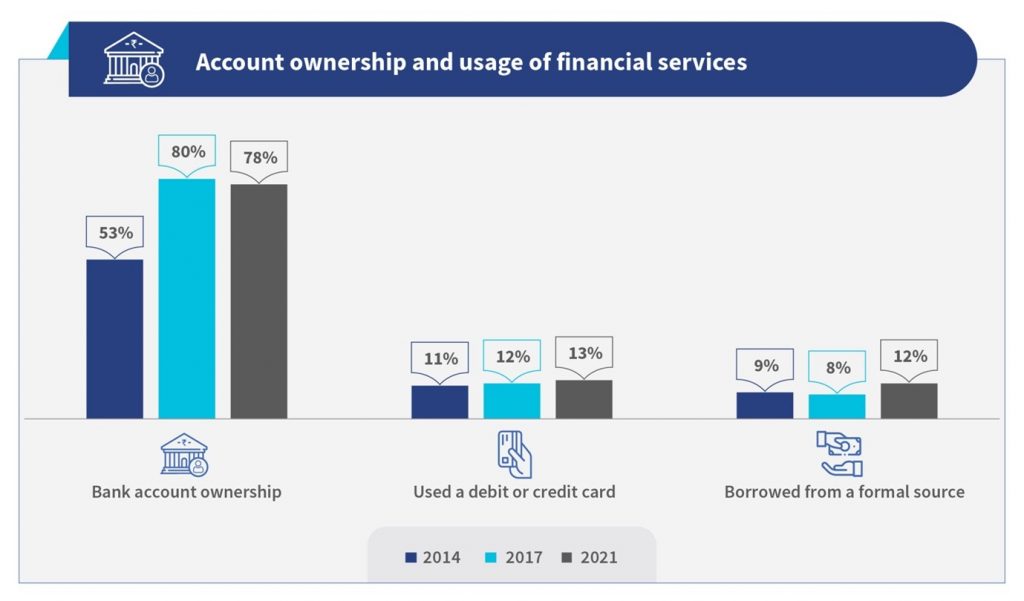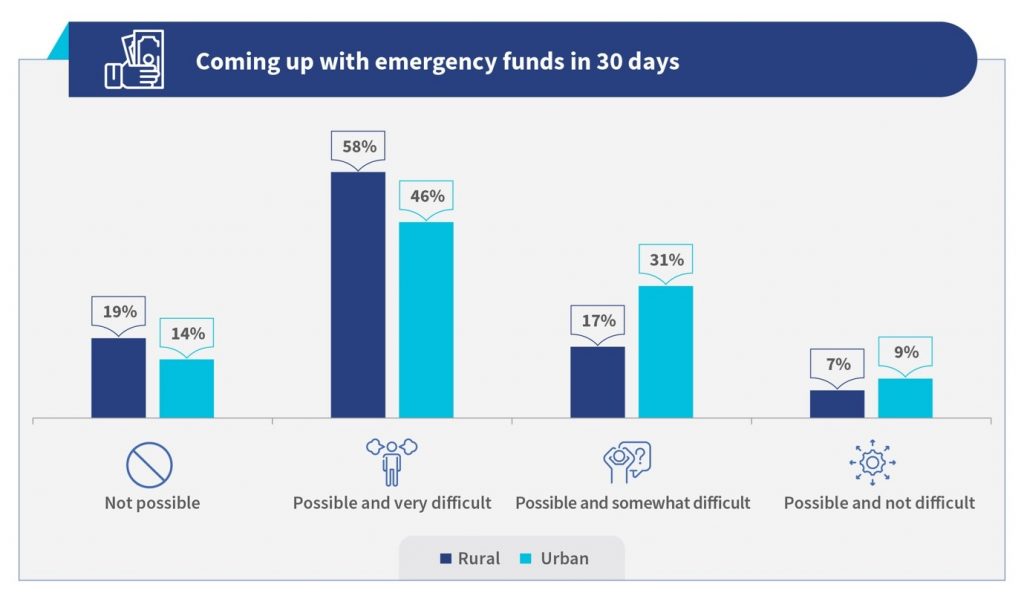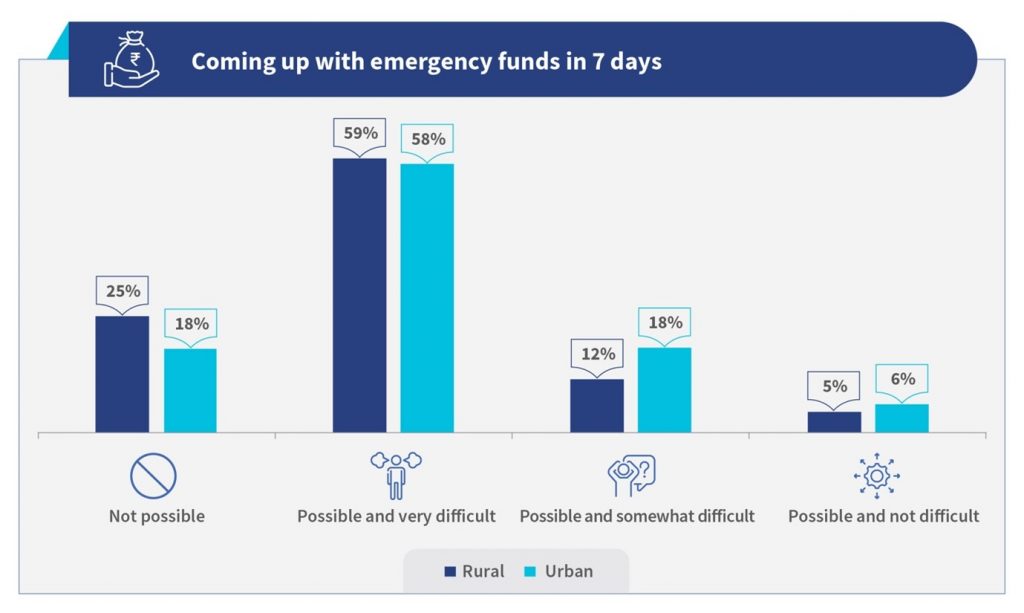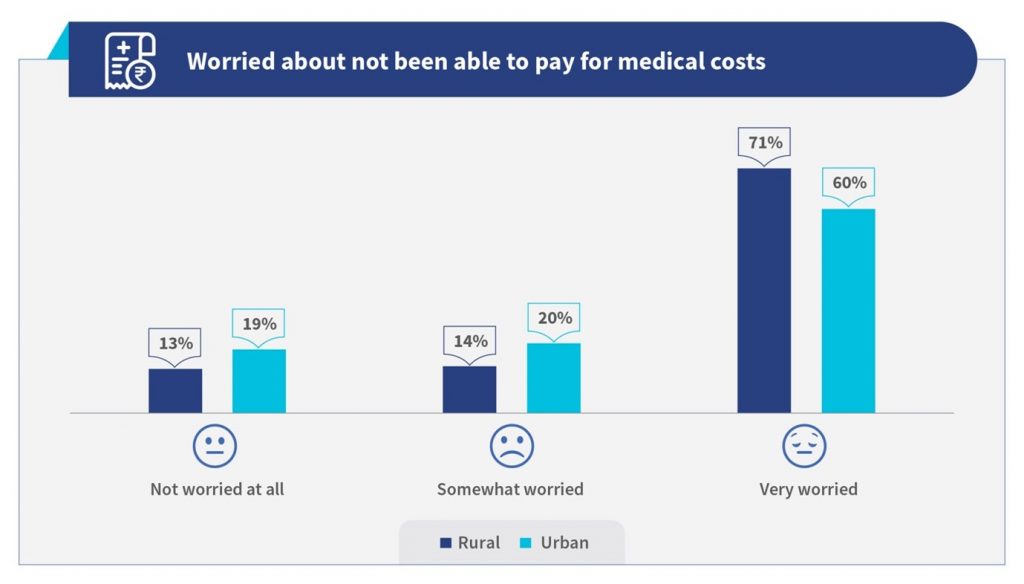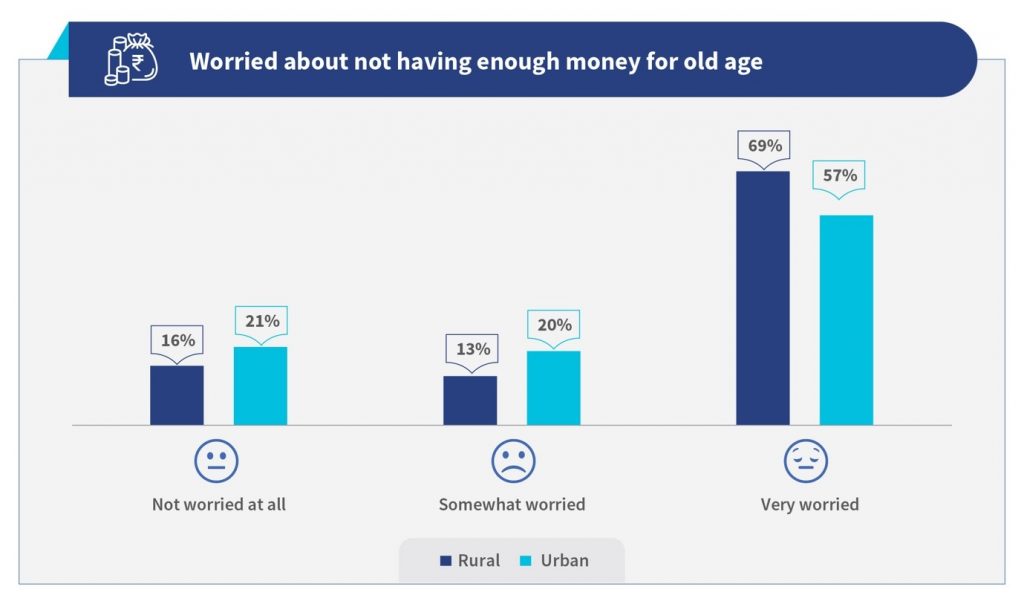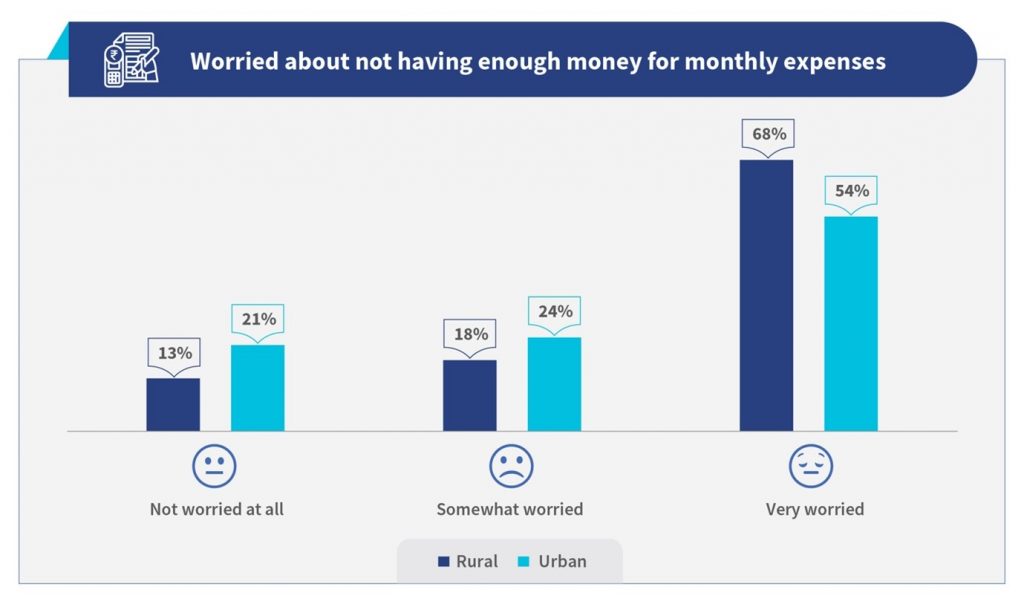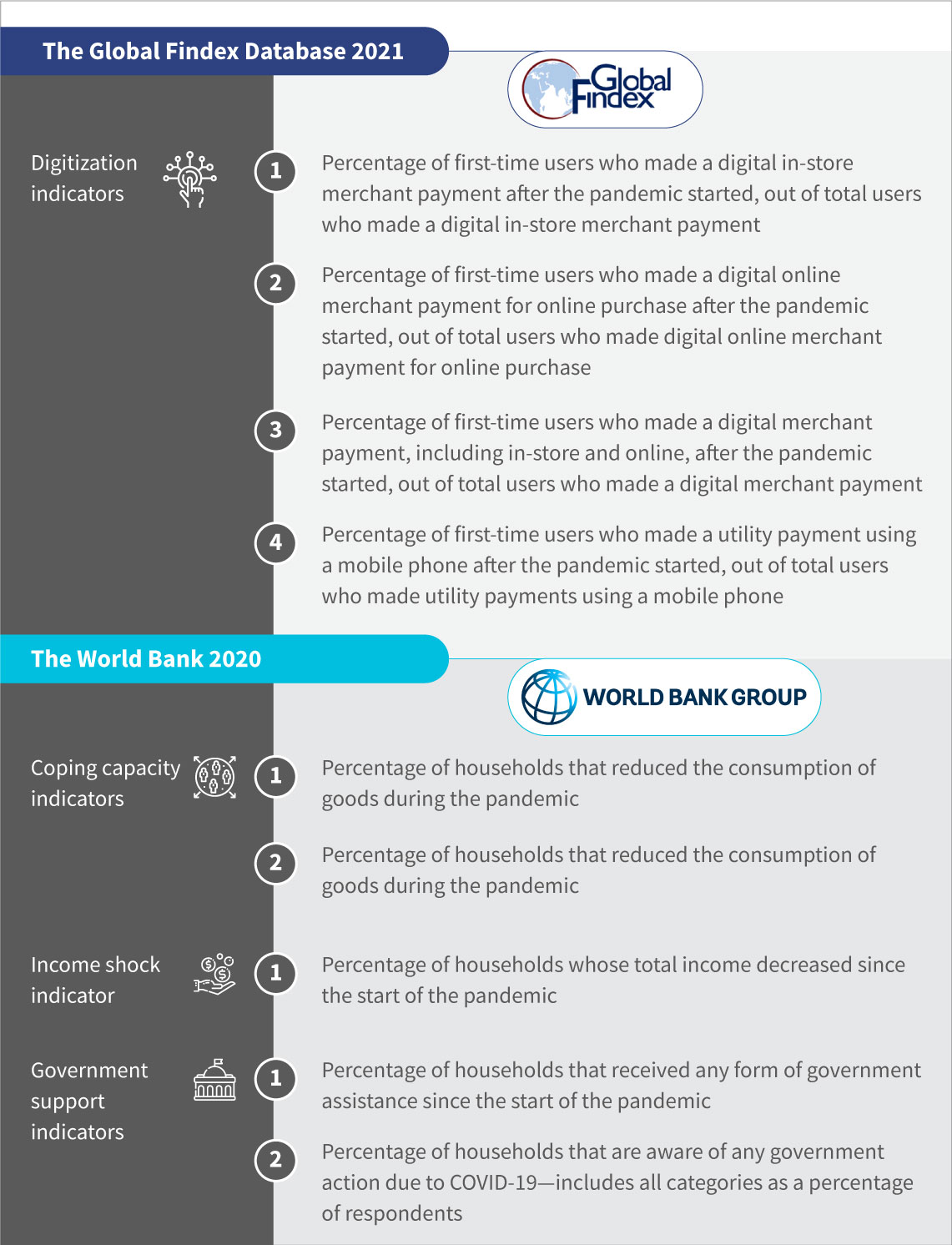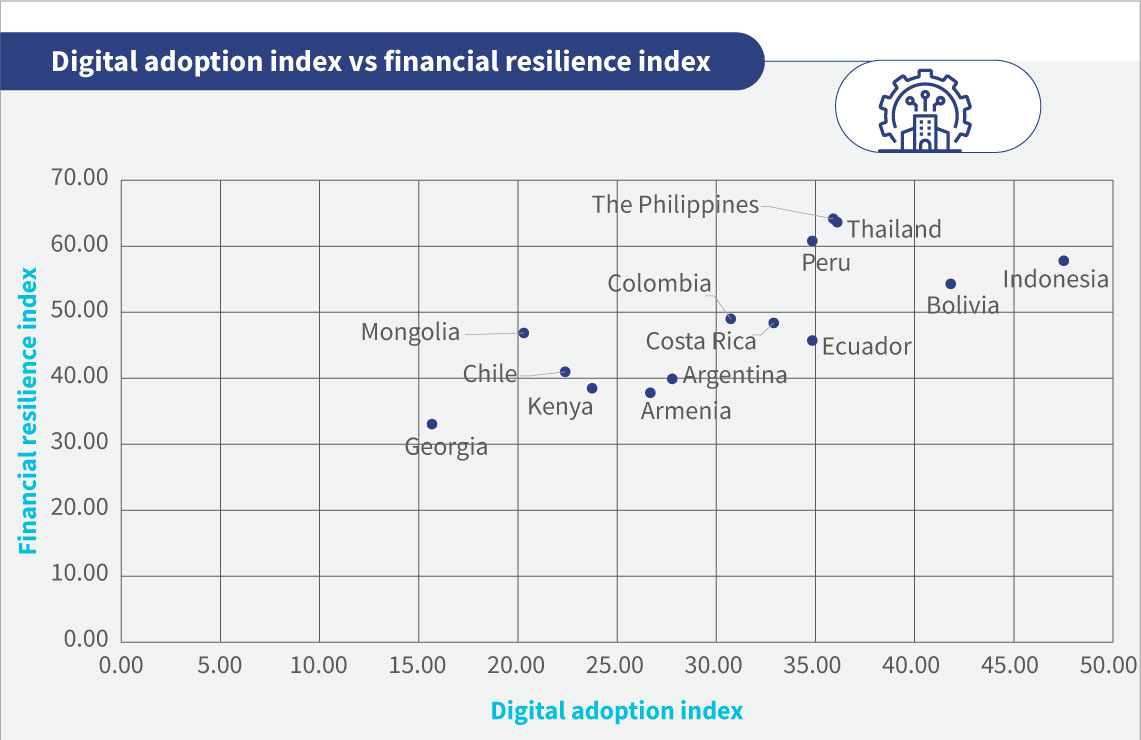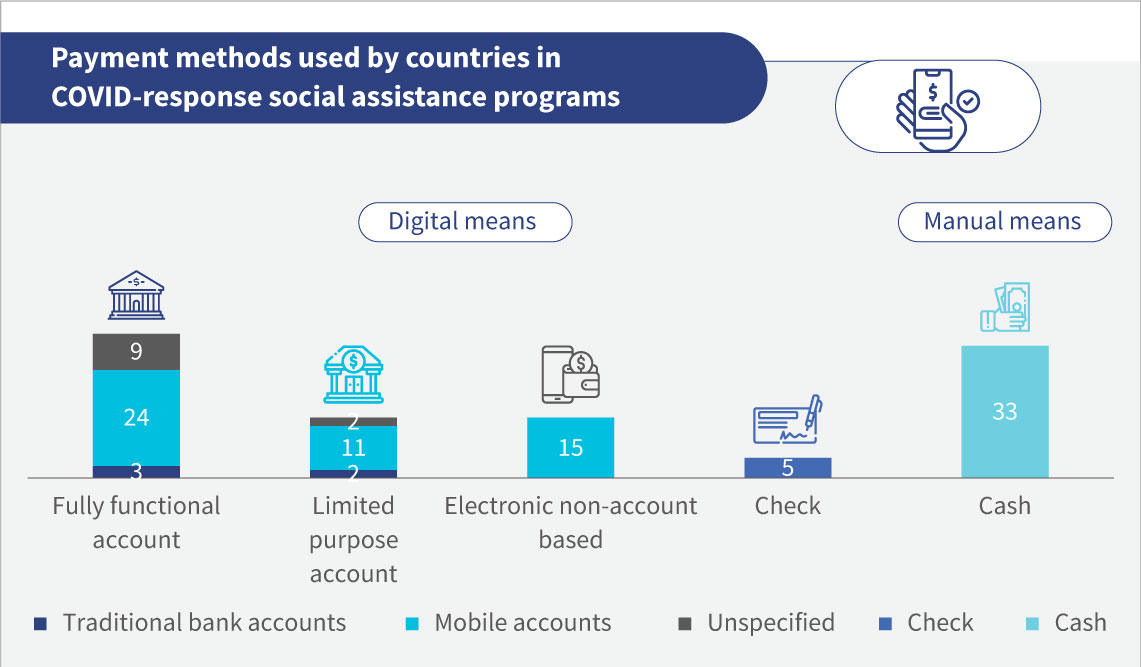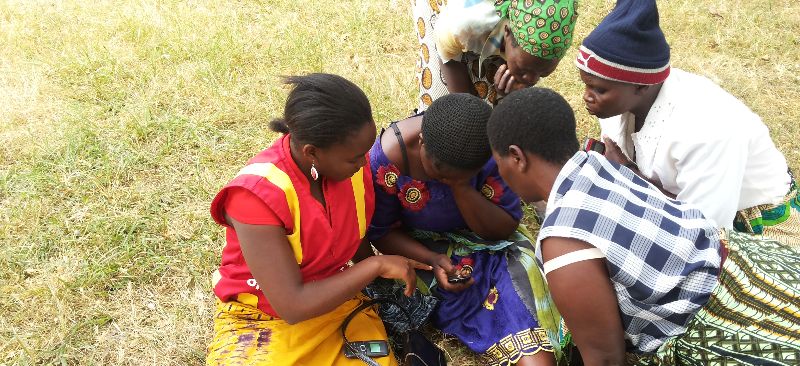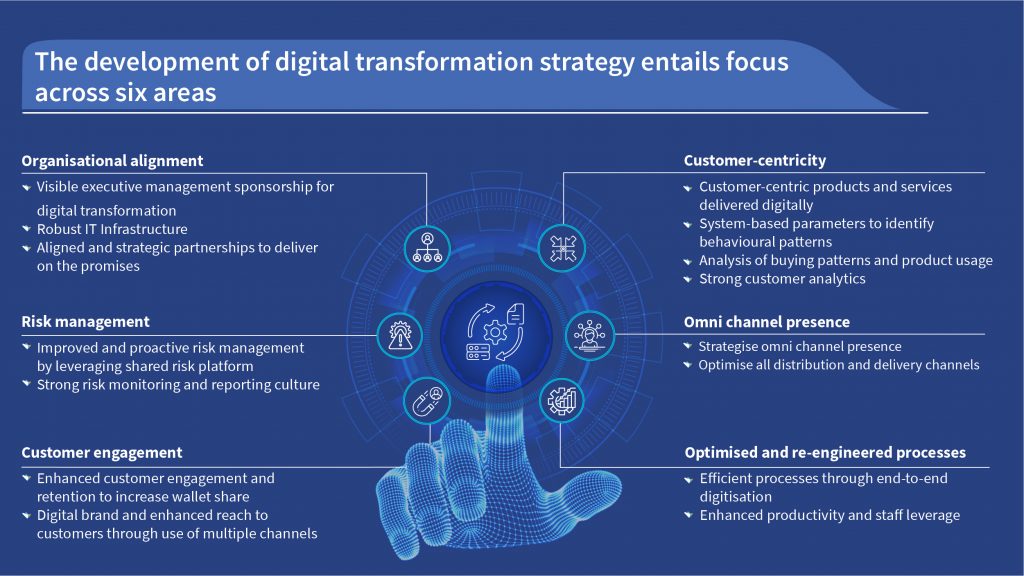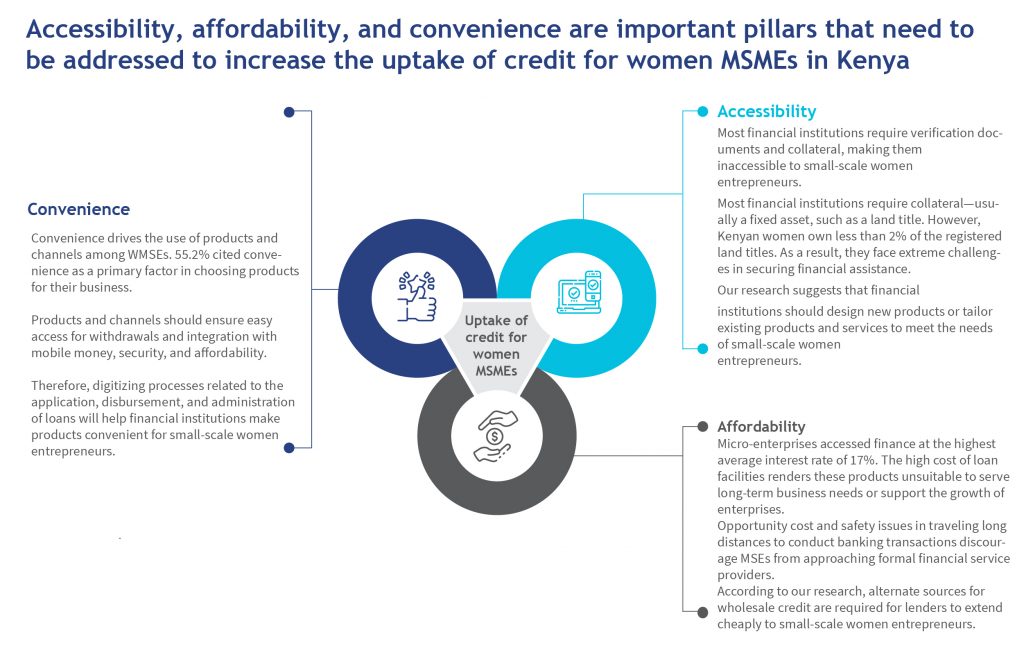The following are timestamps of the meeting conducted on the 2nd of December, 2022, on “Climate resilient agriculture- virtual breakfast club.”
We organized a discussion session with a panel representing the funding side of the ecosystem. The panel discussed the following topics:
- What solutions can investors provide to address the challenges faced by Agtechs?
- How can we ensure that ecosystem support infrastructure is meeting the needs of Agtech startups?
- Are new platforms for information exchange between AgTech startups and investors needed?
- A few examples where investors have met the capital requirements of AgTechs.
Click on the timestamps from the webinar stream to hear specific segments.
00:18 – 00:40 – Welcome note by Partha Ghosh, Senior Manager at MSC’s climate change & sustainability practice.
00:41 – 06:48 – Introduction by the speakers Ashish Khetan, President, Indigram Labs Foundation Shreejit Borthakur, Senior Innovation Manager- Technology, IDH
08:33 – 08:47 – The speakers answered the first question: What solutions can investors provide to address the challenges faced by AgTechs?
09:04 – 09:52 – Shreejit Borthakur of IDH responds: “Trajectory of funding has changed. Till 2014, most of funding was going to mitigation but now as the exposure to climate change hazards has increased, there is a growing momentum towards adaptation and resilience.”
15:15 – 16:30 – Ashish Khetan from Indigram Labs Foundation responds: “Climate resilient agriculture could be put in buckets such as soil resilience, water management and food waste management.”
17:52 – 18:15 – The speakers answered the second question: Can you give a few examples of the types of investments you have made in AgTechs?
18:56 – 19:38 – Ashish Khetan from Indigram Labs Foundation responds: “Usually, Investors like to invest in startups that are at a revenue stage and not all businesses are venture capital friendly. But no business is a bad business.”
22:00 – 22:25 – The speakers answered the third question: How can we ensure that ecosystem support infrastructure is meeting the needs of startup AgTechs?
23:28 – 24:21 – Shreejit Borthakur of IDH responds: “As the focus on climate adaptation and resilience will increase, the investment vehicles dedicated to that will start being set up.”
24:35 – 25:05 – Shreejit Borthakur of IDH also responds: “Development stakeholders are pumping in patient capital to SMEs.”
22:27 – 23:04 – The speakers answered the fourth question: Are new platforms for information exchange between AgTech startups and investors needed?
26:22 – 27:15 – Shreejit Borthakur of IDH responds: “Ecosystem level interventions are required and India’s Agristack could be a gamechanger.”
28:05 – 28:28 – The speakers answered the fifth question: Is there a difference between investors interested in pure-play AgTech and investors focusing on climate resilient agriculture?
29:25 – 30:23 – Ashish Khetan from Indigram Labs Foundation responds: “From investor’s perspective, money alone cannot solve the problem. The ecosystem plays an important role.”
39:36 – 39:58 – The speakers answered the sixth question: Is there a difference between investors interested in pure-play AgTech and investors focusing on climate resilient agriculture?
41:01 – 41:20 – Ashish Khetan from Indigram Labs Foundation responds: “It is crucial that we go to a sector specific incubator if the founder is looking for some value addition rather than being all over the place.”
41:40 – 42:20 – Shreejit Borthakur of IDH responds: “Most of the funding going towards startups focused on adaptation rather than mitigation are from investors that have longer return horizon.”
58:08 – 59:54 – Closing note by Graham A.N. Wright, Founder and Group Managing Director of MSC
59:56 – 01:01:46 – Conclusion and note of thanks by Partha Ghosh, Senior Manager at MSC’s climate change & sustainability practice


